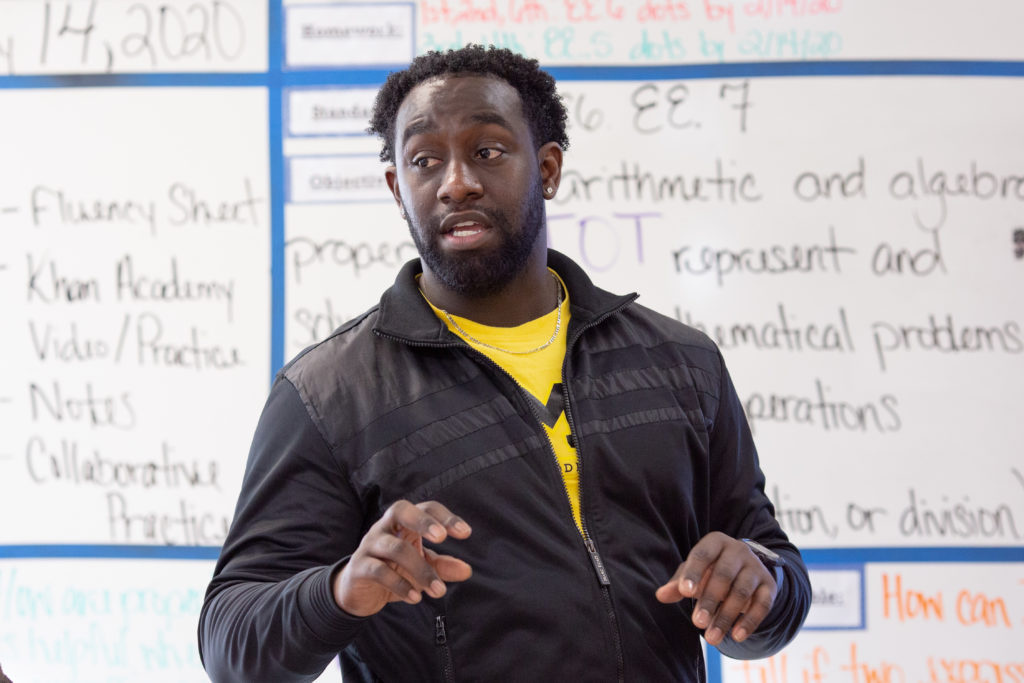January Updates
January Updates February 1, 2023 Cross-posted from AASA Blog TLDR: Soon-to-be reintroduced federal parent rights bill may allow parents to opt out of most EdTech. Child privacy bills crafted without education input continue to risk banning school technology use – as was the case with the almost-passed COPPA 2.0 and Kids Online Safety Act in December. Just in case that wasn’t enough, President Biden published an op-ed in the Wall Street Journal, noting that “Congress can find common ground on the protection of privacy, competition and American children.” He called on Congress to pass legislation that would “hold Big Tech accountable” and to tighten pre-existing […]







